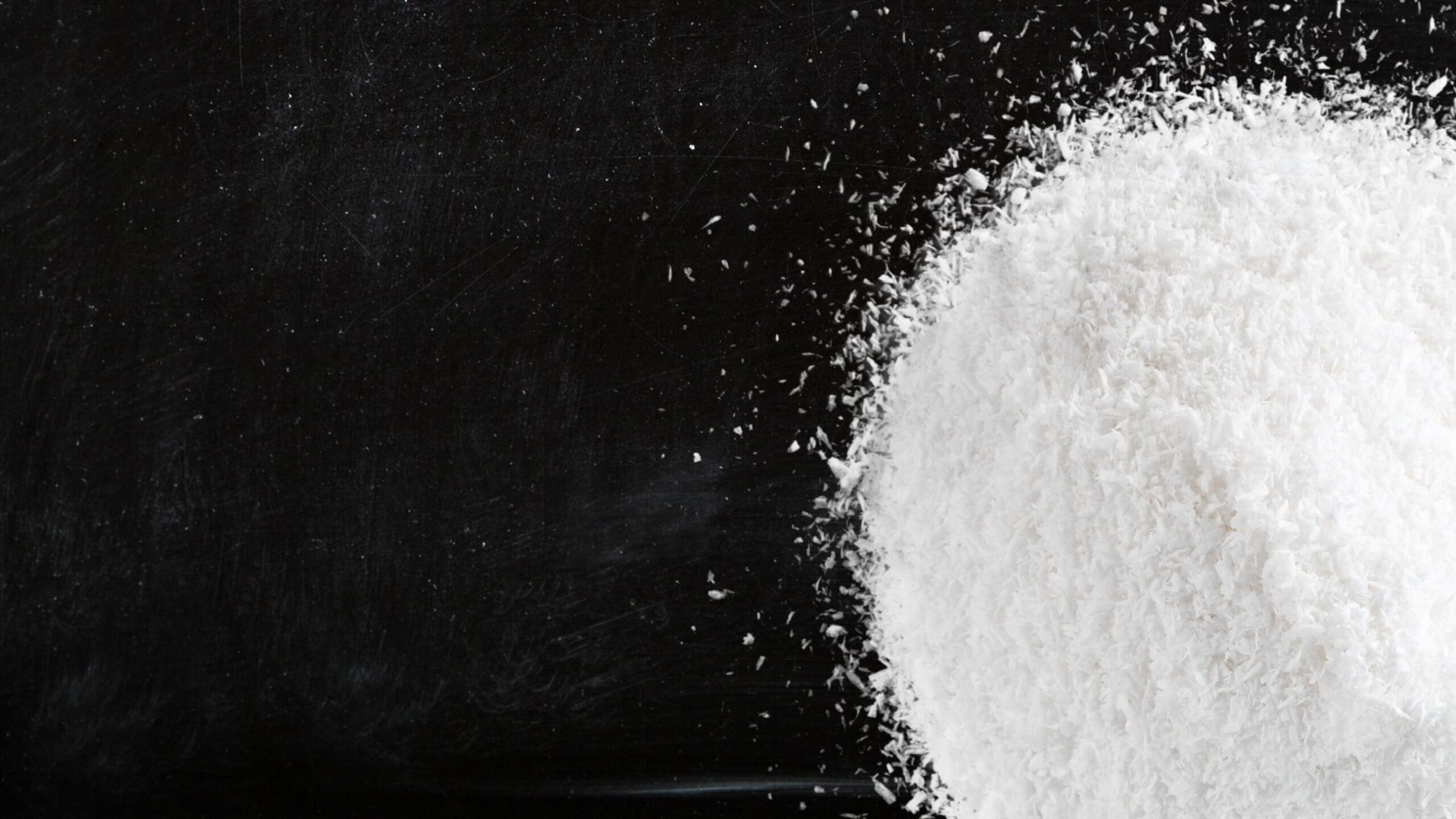WHAT’S NEW?
The European Chemicals Ageny (ECHA) received new harmonized classification and labelling (CLH) proposals for 8 fragrance cosmetic ingredients, submitted by Sweden.
The following ingredients were initially proposed to be classified as Toxic to Reproduction category 1B (Repr. 1B, H360F – May damage fertility):
- Cuminaldehyde, CAS 122-03-2
- P-Cymene, CAS 99-87-6
- 3-(p-cumenyl)propionaldehyde, CAS 7775-00-0
- Cyclamen Aldehyde, CAS 103-95-7
- 4-tert-Butyldihydrocinnamaldehyde, CAS 18127-01-0
- Methyl 4-t-Butylbenzoate, CAS 26537-19-9
- 4-t-Butyl Benzaldehyde, CAS 939-97-9
- 4-tert-Butyltoluene, CAS 98-51-1
However, 5 of these proposals have been currently withdrawn:
- Cuminaldehyde, CAS 122-03-2
- 3-(p-cumenyl)propionaldehyde, CAS 7775-00-0
- Methyl 4-t-Butylbenzoate, CAS 26537-19-9
- 4-t-Butyl Benzaldehyde, CAS 939-97-9
- 4-tert-Butyltoluene, CAS 98-51-1
WHAT NOW?
Depending on the outcome of the ECHA’s Risk Assessment Committee (RAC) opinions regarding the proposed new harmonized classification and labelling, the future use of the following fragrance ingredients may be at risk:
- P-Cymene, CAS 99-87-6
- Cyclamen Aldehyde, CAS 103-95-7
- 4-tert-Butyldihydrocinnamaldehyde, CAS 18127-01-0
According to the EU Cosmetics Regulation No. 1223/2009, cosmetic ingredients classified as CMR (Carcinogenic, Mutagenic, Toxic to Reproduction) of categories 1A or 1B under Part 3 of Annex VI to Regulation (EC) No 1272/2008, shall be prohibited.
References:
European Chemicals Agency – Registry of CLH intentions until outcome








